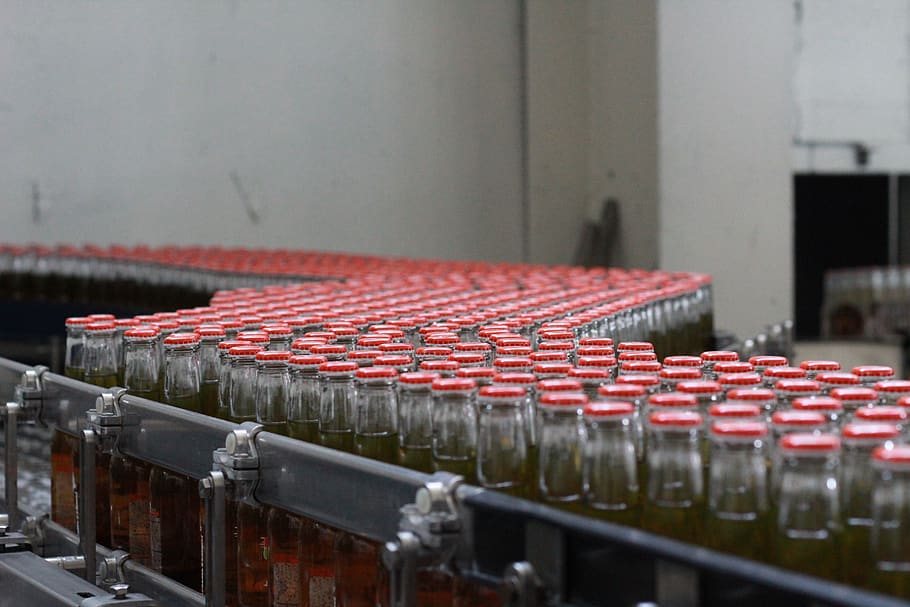
In the intricate world of industrial operations, the efficiency and reliability of belting and power transmission systems are paramount. These components are the unsung heroes behind the scenes, ensuring that machinery operates smoothly, efficiently, and without interruption. Whether you’re managing a conveyor system in a manufacturing plant or overseeing the power transmission in heavy machinery, understanding the fundamentals of maintenance and optimization can significantly impact your operations. And remember, if these tips seem daunting or if you find yourself in over your head, calling a professional is always a prudent decision.
Understand Your Systems
Before diving into maintenance and optimization, it’s crucial to understand the types of belts and power transmission systems in use within your facility. Each type has its unique characteristics, advantages, and maintenance requirements. For instance, positive drive conveyor belts offer precise motion control and are ideal for food processing applications, whereas V-belts are commonly used for light to medium duty applications. Familiarize yourself with the specifics of each system, including their load capacities, speed limitations, and compatibility with different environmental conditions.
Regular Inspection and Maintenance
The cornerstone of ensuring the longevity and efficiency of belting and power transmission systems is regular inspection and maintenance. Routine checks can identify wear and tear before it leads to failure. Look for signs of abrasion, misalignment, and tension issues in belts, and ensure that bearings are lubricated and free from debris. It’s essential to replace worn or damaged parts promptly to avoid unexpected downtime. If you’re unsure about conducting these inspections yourself, call a professional to ensure your systems are evaluated thoroughly.
Proper Alignment and Tension

Misalignment and improper tension are among the leading causes of belt and power transmission failures. Even a slight misalignment can lead to uneven wear, increased energy consumption, and, ultimately, system failure. Use laser alignment tools or call in experts to ensure that everything is perfectly aligned. Similarly, maintaining the correct tension on belts is crucial for optimal performance. Too much tension can lead to excessive wear on bearings and equipment, while too little tension can cause slippage and reduced transmission efficiency.
Upgrade to High-Quality Components
Investing in high-quality belts and components can make a significant difference in the performance and reliability of your systems. High-quality materials can withstand harsher conditions, offer better resistance to wear, and generally last longer than their cheaper counterparts. Consider upgrading to components that are specifically designed for your application’s demands. For example, in environments where cleanliness is vital, such as food processing, positive drive conveyor belts with easy-to-clean surfaces and minimal maintenance requirements might be the best choice.
Implement a Comprehensive Maintenance Plan
A well-structured maintenance plan is your best defence against unexpected downtime and failures. This plan should include regular inspections, scheduled downtime for maintenance, and a clear procedure for quickly addressing any issues that arise. Training your staff on the basics of belting and power transmission maintenance can also help in early detection of potential problems. For more complex systems, or if you lack the in-house expertise, partnering with a professional maintenance service can provide peace of mind and ensure that your systems are always running at peak efficiency.
In Conclusion
The efficiency of your belting and power transmission systems is critical to the smooth operation of your facility. By understanding your systems, committing to regular maintenance, ensuring proper alignment and tension, upgrading to high-quality components, and implementing a comprehensive maintenance plan, you can maximize their performance and longevity. And remember, if at any point you feel out of your depth, calling a professional is not just a fallback—it’s a smart strategy for maintaining operational excellence.
